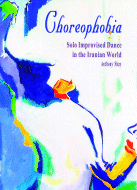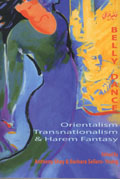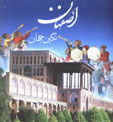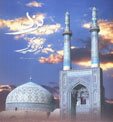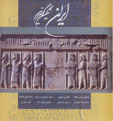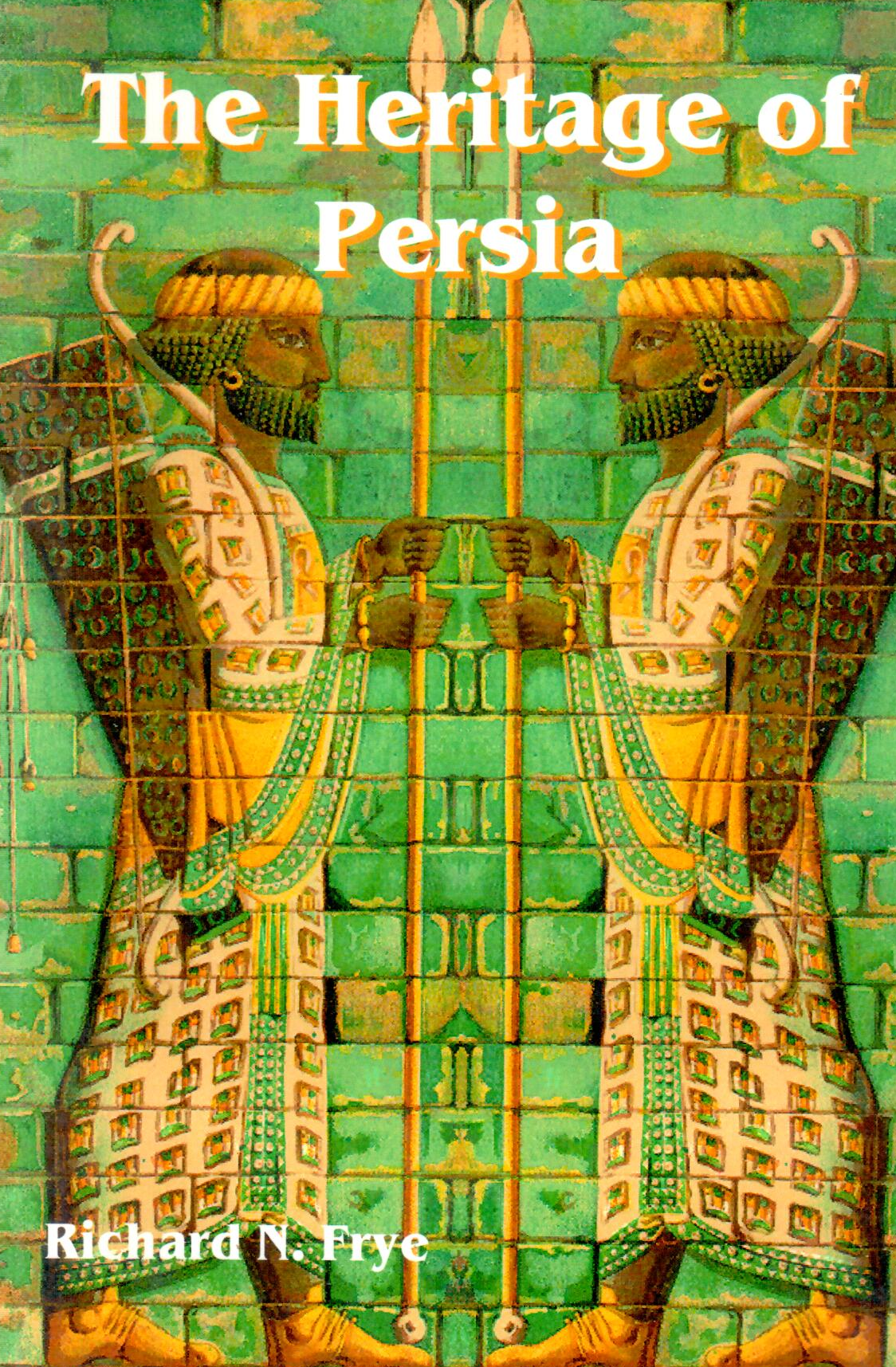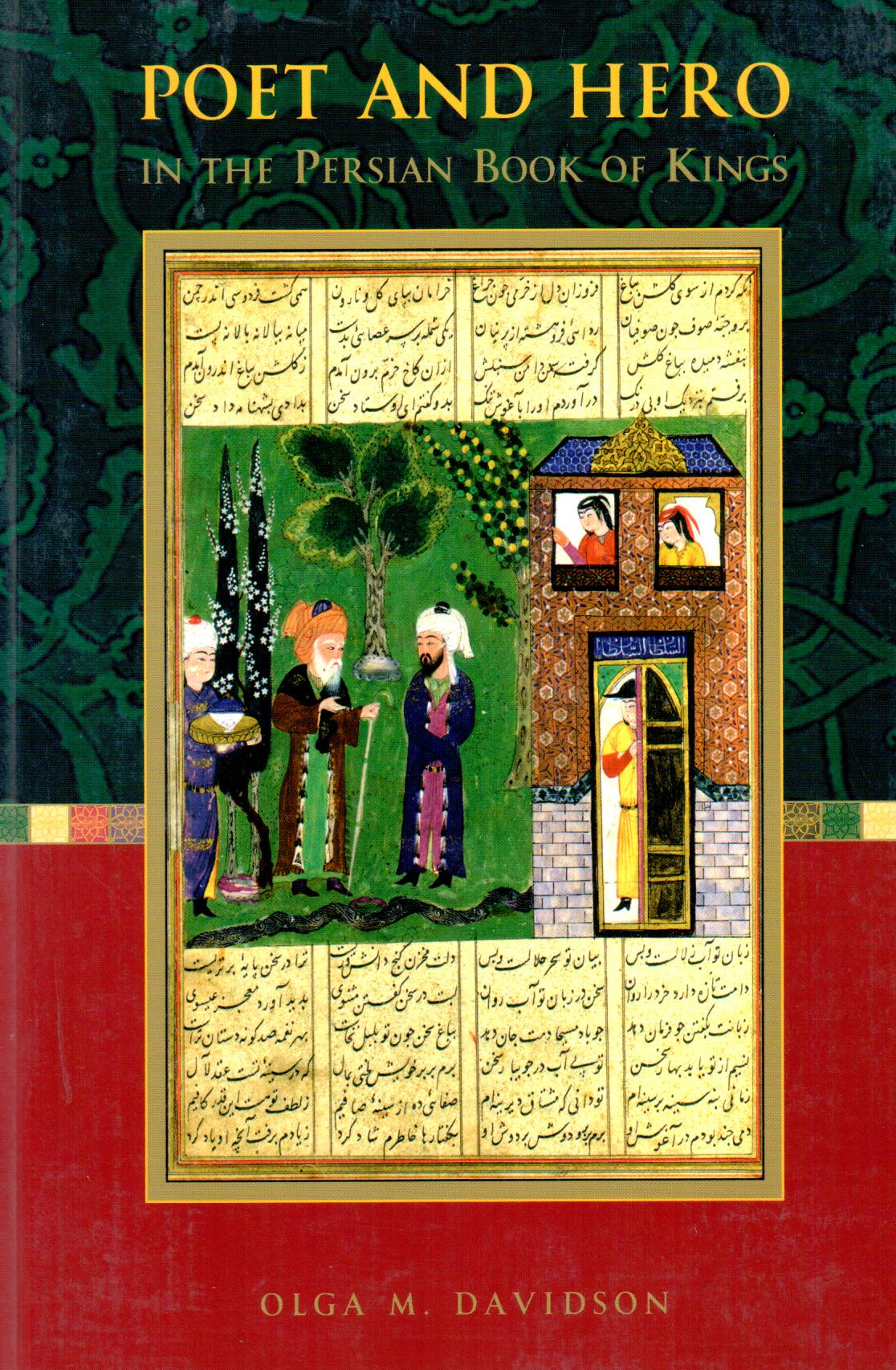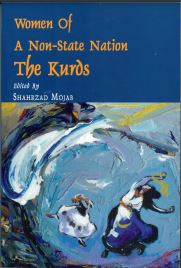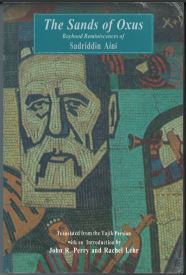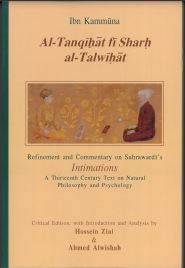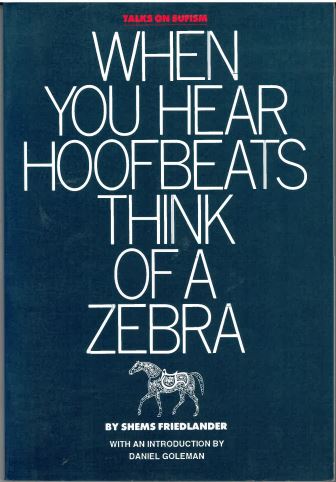Chorephobia: Solo Improvised Dance in the Iranian World انگلیسی 1377
Chorephobia: Solo Improvised Dance in the Iranian World
Choreophobia is the term coined by Dr. Shay, in this first full-length study of Iranian dance, to characterize the widespread ambiguous and negative reactions to solo improvised dance, the most popular dance form in the Iranian world. This dance form appears to constitute an ambiguous, powerful, and highly negative symbol in Iranian society. The central project of this study, designed for both scholars and general readers, is to identify and analyze what factors currently contribute and have historically contributed to the ambiguous position solo improvised dance occupies in an Iranian context. This is reflected both currently and historically in attempts to ban its public performances. In spite of the negative reactions solo improvised dance can evoke, nonetheless it is also loved and performed throughout the Iranian world, emphasizing the ambiguity that accompanies its performances in various social contexts. The author draws a portrait of solo improvised dance by detailing its movement practices and describing and analyzing the aesthetic and creative impulses utilized by performers of the genre. By showing the ways in which solo improvised dance shares important formal a
Choreophobia is the term coined by Dr. Shay, in this first full-length study of Iranian dance, to characterize the widespread ambiguous and negative reactions to solo improvised dance, the most popular dance form in the Iranian world. This dance form appears to constitute an ambiguous, powerful, and highly negative symbol in Iranian society. The central project of this study, designed for both scholars and general readers, is to identify and analyze what factors currently contribute and have historically contributed to the ambiguous position solo improvised dance occupies in an Iranian context. This is reflected both currently and historically in attempts to ban its public performances. In spite of the negative reactions solo improvised dance can evoke, nonetheless it is also loved and performed throughout the Iranian world, emphasizing the ambiguity that accompanies its performances in various social contexts. The author draws a portrait of solo improvised dance by detailing its movement practices and describing and analyzing the aesthetic and creative impulses utilized by performers of the genre. By showing the ways in which solo improvised dance shares important formal a

